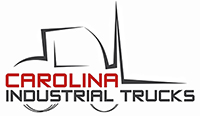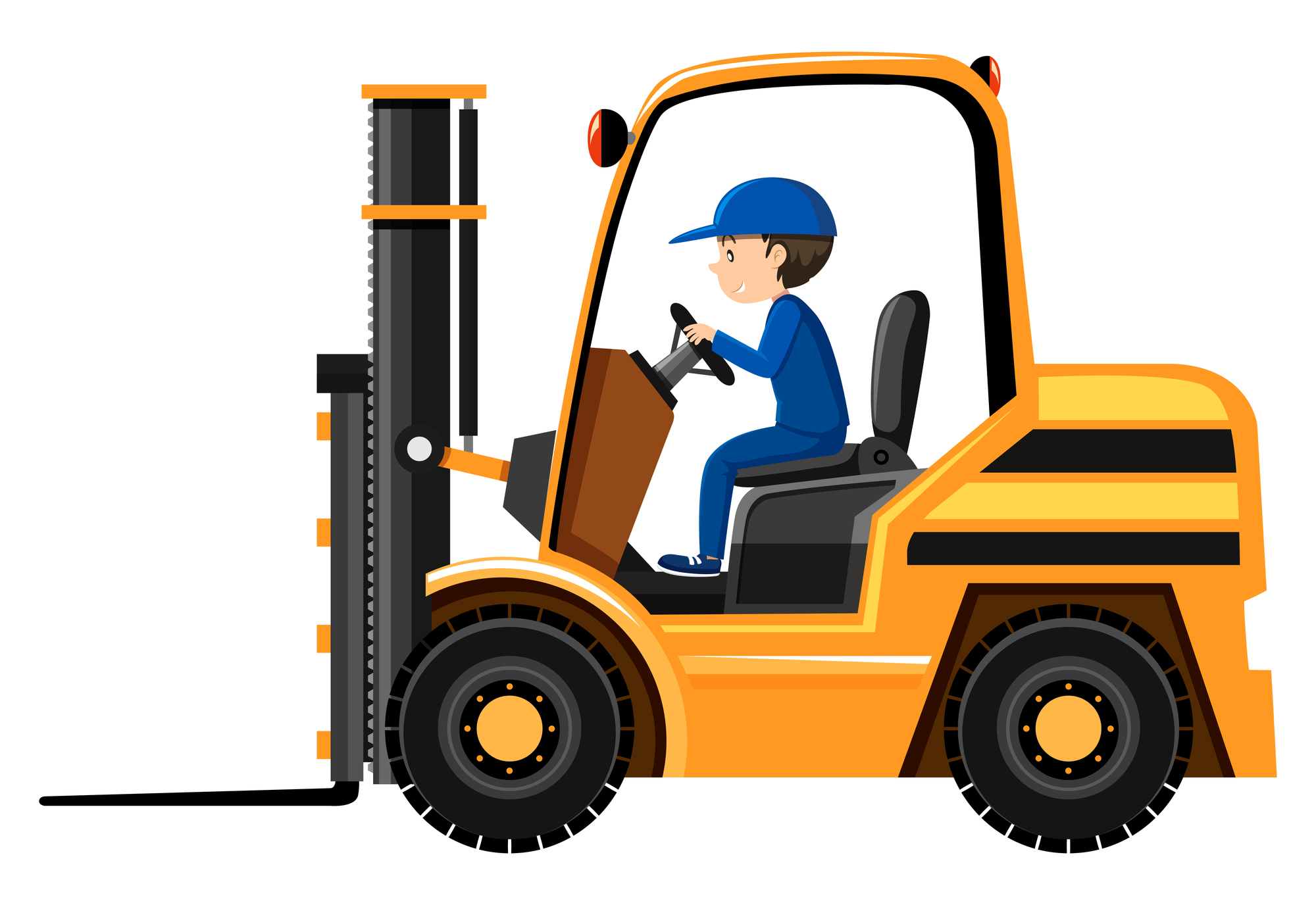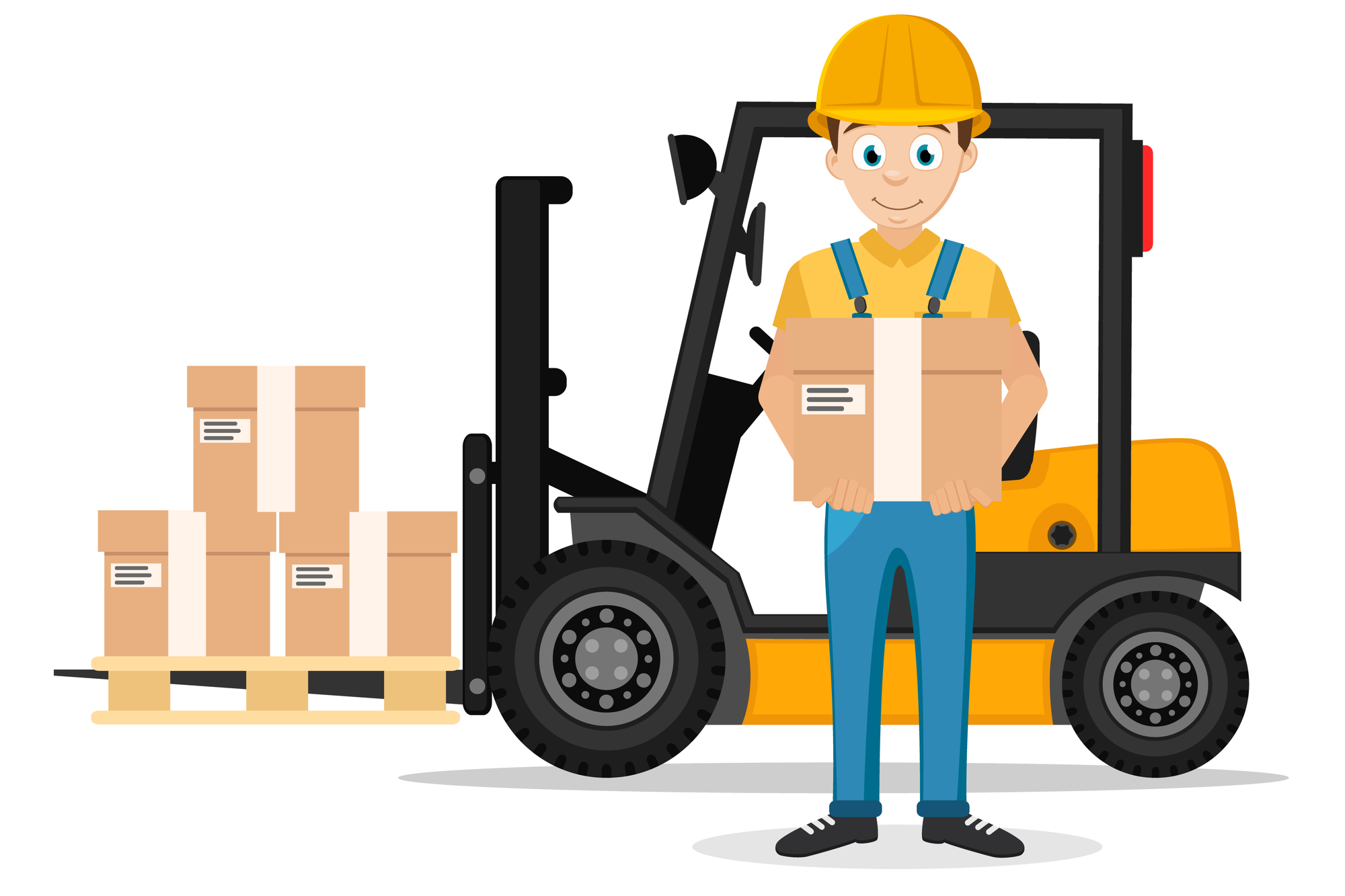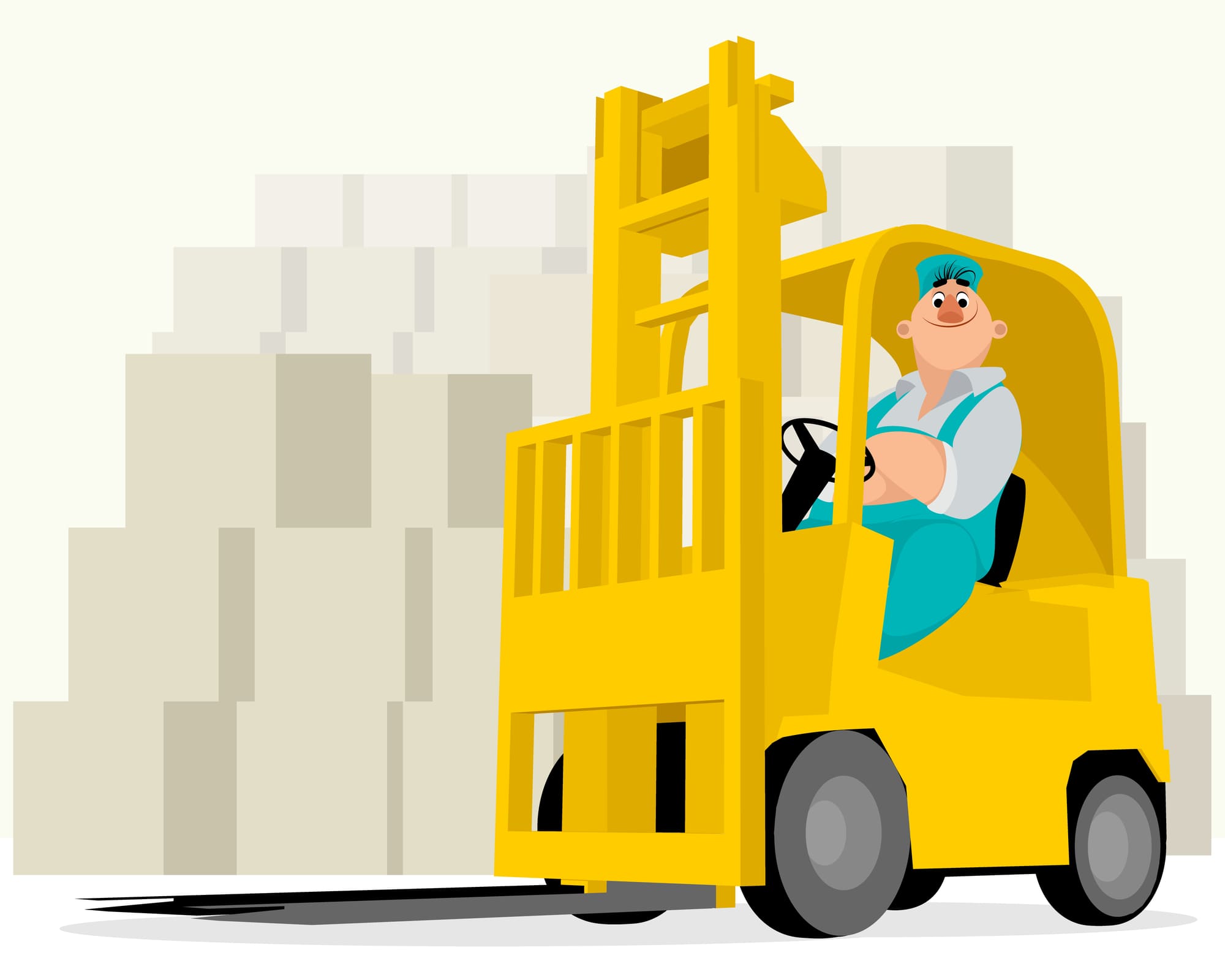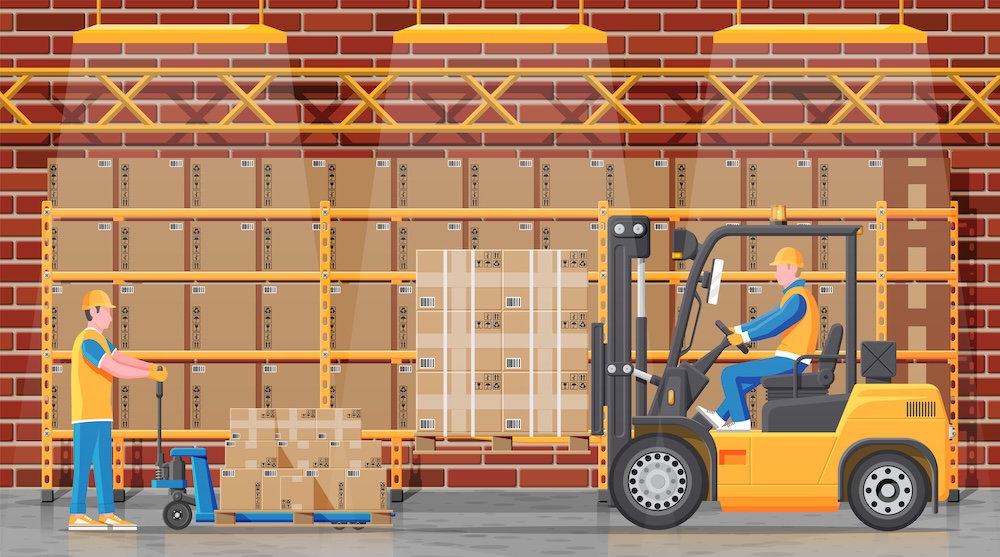Do You Know When You Need a New Forklift in Your Lancaster, SC Warehouse?
12/31/2021
CITrucks

A reliable forklift is essential for warehousing. How many do you need? When should they be replaced? See how to know when your warehouse needs a new forklift.
Forklifts play an integral role in the operations of warehouses, shipyards, and construction in a variety of industries. If they are the backbone of your business, you know how important it is to have a reliable fleet and an adequate number of forklifts.
At the same time, you don’t want to go overboard. To maximize longevity and minimize overhead, you need to be strategic in deciding when to buy a new forklift.
The number of forklifts you need will depend on your unique business operations. It depends on the type of material you are handling, how much use the machines get, and whether you use them indoors or outside.
The good news is that there are a few ways to narrow down factors that determine your forklift needs. Keep reading to find out what they are.
Get an Accurate Estimate of Forklift Age
Much like a vehicle, the actual age of a forklift is much less important than the “mileage” you’ve put on it. Operational hours will be a bigger determining factor than how old it is.
You might assume that, since a forklift operator works an eight-hour shift, they are putting eight hours of operation on the forklift. But it is not the case that they are running the lift truck for the duration of their shift.
Also, your warehouse may not operate with one forklift assigned to a single shift worker. Various staff may use forklifts as needed. These factors should be taken into account when estimating forklift usage.
A more accurate way of estimating forklift operating hours is to count pallets, not shift hours. You also can use this to estimate the distance traveled.
Approximate the distance between the loading bay and storage shelves. Then multiply that by the number of pallets transported in a shift. Keeping up with this will give you a ballpark of how much use a particular machine is getting.
Other helpful information includes how your workers are using forklifts. Lifts used more for horizontal transportation will have different “wear and tear” issues than those used for vertical lifting or retrieving. Machines dedicated to shipping and receiving will be used in ways distinct from those in production.
Note that the type of forklift you have will in part determine how long it lasts. You can expect to get more hours of operation out of reputable name brands than discounted ones.
Also, electric lifts last about 30 percent longer than those with internal combustion engines. (The exception is the battery, which you may need to replace about halfway through its lifespan.)
Your Forklift Needs Have Changed
Businesses evolve, and you may find that you need a larger loading capacity or a lift that is more agile for moving between aisles. These are good reasons for considering a new forklift for your operation.
Different forklifts have distinct load capacities based on the height from or to which they are lifting. Note that you should never push the weight limit capacities of your forklift. If your business requires loading larger or heavier pallets be sure that the forklifts you have can handle those and at the height that is needed.
Remember that time is money. For instance, revamping the layout of your Lancaster warehouse for greater storage may sacrifice space for maneuverability. New forklifts that are easier to steer in and out of aisles may pay for themselves in productivity.
Perhaps you have always used electric forklifts but now need ones with more power. Shifting to internal combustion forklifts may be the thing that allows you to do more.
Conversely, electric forklifts are lighter and do not need gas or diesel. If your operation is handling smaller or lighter loads than they once were, shifting to more fuel-efficient electric lifts could provide a valuable windfall.
Remember that you don’t have to replace your entire forklift fleet to make this shift. As older ones wear out, you can incrementally exchange them with lifts more suited to your current operational needs.
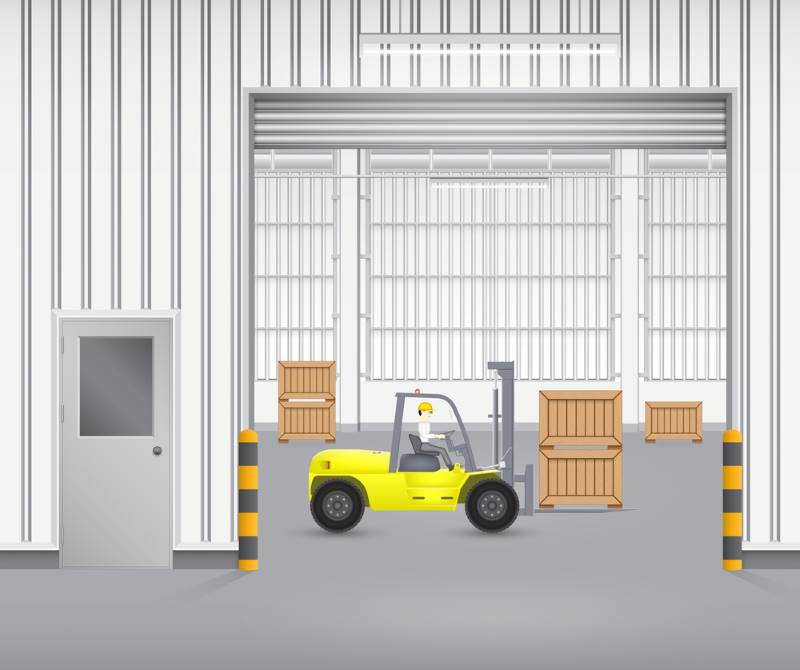
Find a Provider That Offers Forklift Rentals and Repairs in Lancaster
One easy way to always have the right number of forklifts for your operation is to deal with a provider that gives you alternatives to buying new ones. Forklift rentals in Lancaster SC can come in handy in a pinch and can be economically advantageous for short-term jobs. It allows you to meet your goals without investing in a new lift.
Renting or leasing also means you cut out costs associated with forklift maintenance and repairs. For long-term leasing, be sure to discuss with the provider what services are included for the duration of the rental.
Buying used forklifts is another option if you are not in the position to purchase new ones. Lifts that have undergone routine maintenance can last a long time and be an economic alternative.
Like most machines, routine maintenance is central to optimizing the lifespan of your forklift. Using a Lancaster forklift dealer that can offer regular maintenance and repairs of your machines can keep them running longer and make them more reliable.
Also, you don’t have to worry about finding a repair shop that has the right parts for your particular lifts. As a result, you can expect a quicker turn-around time for shops that always work on the same brands and models. This can limit downtime and instances where your fleet is functioning at less than full capacity.
Find a New Forklift in Lancaster SC
Now that you have an idea of when to consider buying a new forklift, you can make a more informed decision for your business. A reputable Lancaster forklift dealer will be able to further advise you on warehouse forklift needs and uses. Make the most use of their industry knowledge when buying a forklift.
At Carolina Industrial Trucks, we have over 100 years of experience in the forklift industry and provide only the highest quality equipment. We have new forklifts for sale and offer parts, repairs, and forklift rental in North Carolina and South Carolina. Reach out to us today to speak with someone from our team about your business forklift needs.
